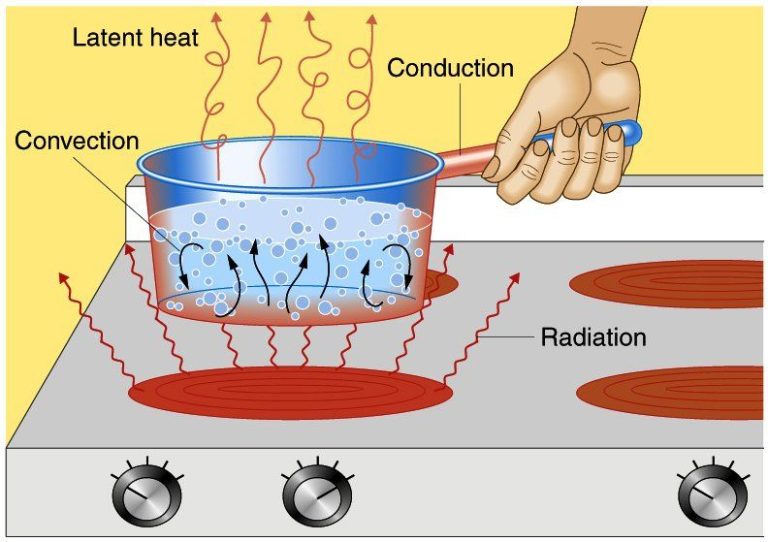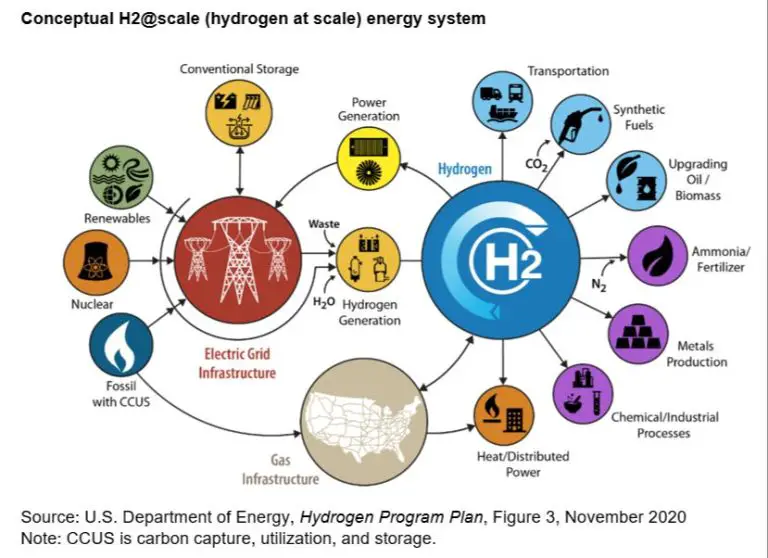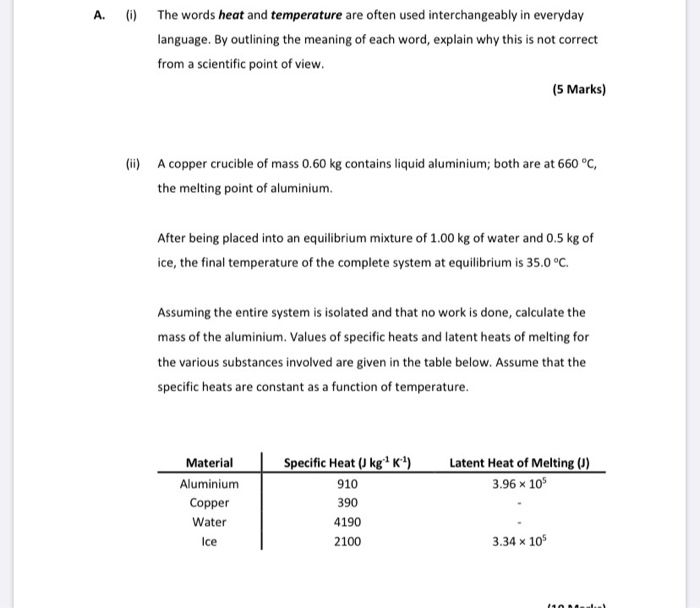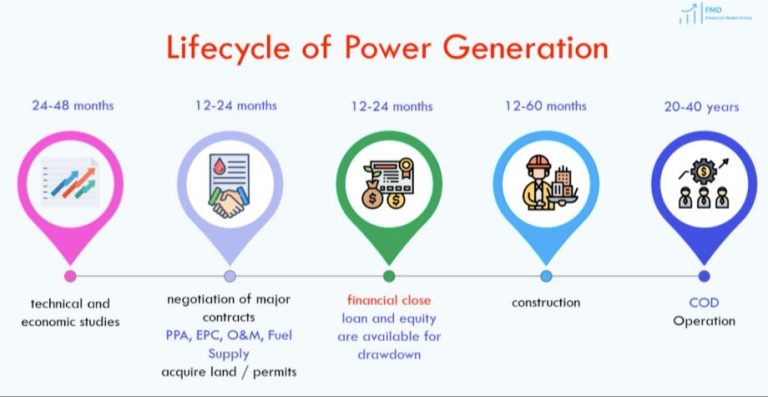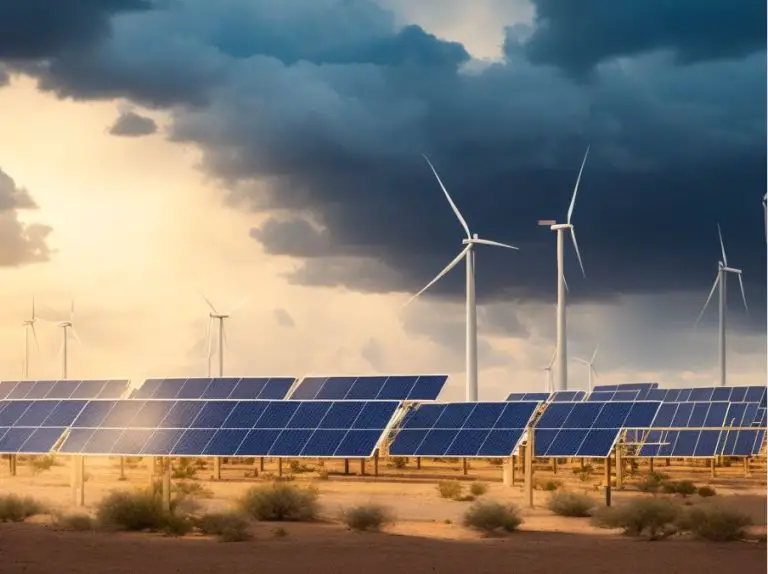What Are The Renewable Transport Ideas?
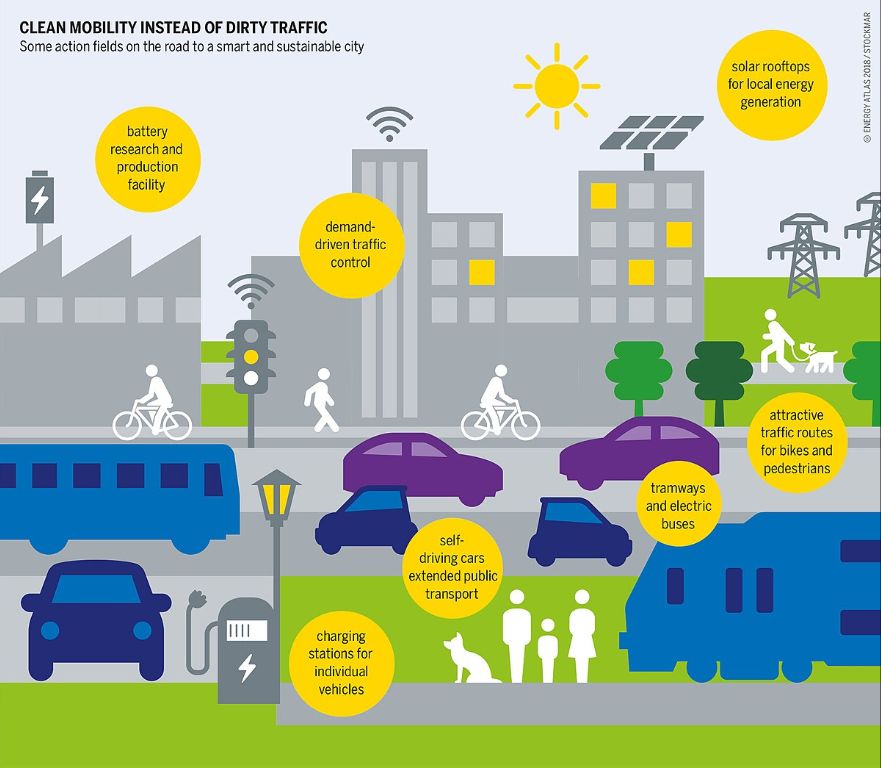
Renewable transport refers to the use of renewable energy sources to power different modes of transportation. This includes vehicles and fuels made from renewable sources like biofuels, as well as electrification of transport through renewable electricity generation. Some key renewable transport ideas and technologies include:
Biofuels like ethanol and biodiesel produced from plants and organic waste can power both personal vehicles and public transportation fleets. Electric vehicles charged using solar, wind, hydropower and other renewable sources provide emissions-free driving. Mass transit systems like high speed rail, subways, trams, and electric buses can also utilize renewable electricity. Shipping and aviation are starting to adopt biofuels and synthetic fuels produced using renewable power. Cycling, walking, and other human-powered mobility are inherently low carbon.
This overview will explore the major renewable transport technologies, examine policy incentives, discuss challenges, and outline the future potential for a clean, renewable transportation sector. With transportation accounting for nearly 30% of global energy demand, shifting to renewable mobility will be crucial for creating a sustainable energy future.
Biofuels
Biofuels like ethanol and biodiesel offer a renewable alternative to fossil fuels for transportation. Ethanol is produced from crops like corn and sugarcane, while biodiesel comes from vegetable oils, animal fats, and waste cooking oil. Some key points on biofuels:
Pros:
- Renewable and domestically produced energy source
- Lower greenhouse gas emissions compared to gasoline/diesel
- Can use existing infrastructure and vehicle engines with minor modifications
Cons:
- Still produce emissions and other local pollutants when burned
- Potential competition with food crops and land use
- Lower energy density than gasoline/diesel
The outlook for biofuels depends on continued technology improvements, advanced biofuels, policy incentives, and infrastructure investments. Cellulosic ethanol made from crop wastes shows promise for even lower emissions and less land use impacts compared to corn ethanol. Continued growth in electric vehicles may also limit demand growth for liquid biofuels in the long-term.
Overall, biofuels are expected to continue playing a role in reducing transportation emissions, especially for heavy-duty vehicles, aviation, and shipping where electrification options are more limited in the near future. However, concerns around sustainability and land use will need to be addressed as production scales up globally.
Electric Vehicles
Electric vehicles (EVs) are one of the most promising renewable transport options. EVs use electric motors instead of internal combustion engines and are powered by large battery packs. There are two main types of EVs – battery electric vehicles (BEVs) that run entirely on batteries, and hydrogen fuel cell electric vehicles (FCEVs) that use hydrogen to generate electricity. Global electric car sales have been surging, with over 10 million EVs sold worldwide in 2022 according to EV sales statistics.
For widespread EV adoption, increased charging infrastructure is critical. As of 2022, there were over 1.8 million public charging outlets globally according to the IEA. Investments in charging infrastructure need to accelerate to meet demand. Fast charging networks along major transportation routes can enable long distance EV travel. Workplace and residential charging availability also make EV ownership more convenient.
Battery prices have fallen nearly 90% in the last decade, making EVs more affordable and boosting uptake. However hydrogen fuel cell EVs remain cost prohibitive for most consumers currently. Continued battery technology improvements and manufacturing scale will help drive further cost reductions and increase EV sales. Many automakers are committing billions to EV investments and launching new models. Government incentives like purchase rebates and tax credits are further accelerating the transition to electric transportation.
Public Transportation
Public transportation systems like buses and trains are increasingly turning to renewable energy sources to power their fleets. Electric buses that run on battery power are becoming more common, with cities like Shenzhen, China operating a fleet of over 16,000 electric buses. Many transit agencies are also adding electric trains and subways to their systems. These electric vehicles can be powered by renewable energy sources like solar or wind when charged at stations or depots.
Other types of renewable energy are also being integrated into public transportation infrastructure. Some transit stations are installing solar panels on rooftops to help power operations. Kinetic energy from braking is being captured and stored in some electric train and subway systems to reduce overall energy needs. Hydrogen fuel cell buses are another option starting to emerge, where the hydrogen is produced via electrolysis using renewable electricity.
To enable more widespread adoption of electric and renewable energy vehicles, investments are needed in charging infrastructure at stations and depots. Most public transit agencies will require upgrades to their maintenance facilities, workforce training, and route planning to successfully incorporate these new cleaner technologies. But the long-term environmental and health benefits for cities and riders are substantial.
Bicycles
Bicycles provide a renewable form of transportation that does not rely on fossil fuels. In recent years, there has been significant growth in bicycle infrastructure and ridership in many major cities across the United States. According to the 2021 U.S. Bicycling Trends report by StreetLight Data, annual average daily bicycling trips per capita increased by 11% from 2019 to 2020 in the top 100 U.S. cities (https://learn.streetlightdata.com/us-bicycling-trends-2021-update).
This growth has been supported by investments in bicycle lanes, paths, and parking by city governments. For example, New York City added over 100 miles of new bike lanes from 2006 to 2017, contributing to a quadrupling of daily cycling trips (https://rosap.ntl.bts.gov/view/dot/40528). Many cities have also implemented bike share programs, giving residents and visitors access to bicycles for short trips around town.
The COVID-19 pandemic accelerated growth in cycling, as people sought outdoor recreation and avoided crowded public transit. Bicycles provide a renewable, emissions-free form of transportation that can replace many short car trips. Further expansion of protected bicycle lanes, intersection improvements, and parking facilities can make cycling even more convenient and safe for daily commuting and errands.
Shipping
The shipping industry is exploring renewable energy sources like wind and solar power to reduce emissions from cargo ships and ferries. Sails and kites can harness wind energy to propel ships, while solar panels can generate electricity on board. Some companies are developing fully electric and hybrid electric ferries powered by batteries and hydrogen fuel cells.
Using renewable energy for shipping helps meet emissions reduction targets and improves sustainability. However, it also poses challenges around technology development, infrastructure, and costs. Large cargo ships in particular require huge amounts of power that current renewables may not provide. There are also issues with energy storage and range.
Still, with improvements in battery and hydrogen technologies, renewable shipping continues to advance. For example, the ZEEDS ship will be the world’s first zero-emission container feeder vessel powered by a hydrogen fuel cell when it launches in 2024.
Aviation
The aviation industry is exploring several renewable energy options to reduce emissions from air travel. Sustainable aviation biofuels, produced from biomass, waste oils, and gases have the potential to deliver similar performance as conventional jet fuel but with lower lifecycle carbon emissions (https://www.energy.gov/eere/bioenergy/sustainable-aviation-fuels). However, scaling up production of aviation biofuels faces challenges due to high costs.
Electric and hydrogen propulsion are also being researched for smaller aircraft over short distances. Battery-electric and hydrogen fuel cell planes could play a role for regional flights under 300 miles (https://www.nrel.gov/transportation/sustainable-aviation.html). All-electric and hybrid-electric aircraft prototypes are being tested, though significant advances in battery energy density are still needed.
Green hydrogen is another zero-emission option, with some demonstrator planes already in development. But producing sufficient green hydrogen sustainably and at scale remains a constraint. Hydrogen planes are unlikely to play a significant role in decarbonization before 2035 (https://www.icao.int/environmental-protection/Documents/EnvironmentalReports/2022/ENVReport2022_Art47.pdf).
The outlook for renewable aviation is promising but faces challenges. Sustainable aviation fuels, battery-electric and hydrogen aircraft could all contribute to reducing emissions. However continued technology development and infrastructure investments will be vital to scale these solutions.
Policy and Incentives
Governments around the world have implemented a variety of policies and incentives to promote renewable transport. These include both regulatory policies as well as financial incentives. Some of the key policy approaches include:
Renewable Fuel Standards – These mandates require that a certain percentage of transportation fuels come from renewable sources like biofuels. The United States, Canada, and the EU all have these standards in place. For example, the EU aims for 10% renewable energy in transportation by 2020.
Electric Vehicle Incentives – Governments offer incentives like tax credits and rebates for purchasing electric vehicles. Some also invest in EV charging infrastructure. As of 2018, only 48 countries had EV incentives.
Public Transit Investments – Many cities are investing in renewable public transit like electric buses and trains. For example, Vancouver aims to transition to 100% renewable energy buses by 2040.
Phase-Outs of Gas Vehicles – Some countries like Norway aim to phase out gas-powered vehicles by a target date, forcing a transition to EVs.
Carbon Taxes – Taxes on carbon emissions make fossil fuel transport more expensive, encouraging a switch to renewables.
Challenges
While renewable transportation and energy hold great promise, there are still significant challenges to wider adoption. Some of the key challenges include:
Infrastructure – Large-scale shifts to electric vehicles or biofuels will require major investments in charging stations, fueling stations, grid upgrades and other infrastructure. According to the Union of Concerned Scientists, “Power from renewable energy isn’t always available when and where it is needed because some renewable resources, such as the sun and wind, are intermittent”. New smart grid technology can help manage this.
Technology – Battery technology limits the range and performance of electric vehicles today. More research is needed to improve battery density and charging rates. There are also technology barriers to efficiently storing energy from intermittent renewable sources like wind and solar.
Cost – The upfront cost of electric vehicles and biofuel vehicles is still higher than comparable fossil fuel vehicles. Policies like tax credits and fuel efficiency standards help make renewable transportation more affordable. According to a 2021 study, costs of biofuel trucks can be similar to diesel with the right incentives.
Future Outlook
The future outlook for renewable transportation is promising, with projections for substantial growth in the coming decades. According to a report from the Energy Transition Commission, renewable energy could power over 70% of road transport by 2050 (source). Key innovations like improved battery technology, smart grids, and vehicle-to-grid integration will enable further adoption of electric vehicles powered by renewable electricity. Hydrogen fuel cell vehicles also have potential as a zero-emission option if the hydrogen is produced renewably.
Public transit running on renewable energy will play a bigger role in sustainable mobility. Emerging concepts like hyperloop technology and autonomous vehicles may be powered by renewable electricity in the long run. Renewable fuels like advanced biofuels, renewable natural gas from waste sources, and e-fuels created using renewable energy could decarbonize shipping, aviation, and other heavy transport over time. Implementation of supportive policies, infrastructure investment, and technological advances will be needed to realize the full potential of renewable transportation.

